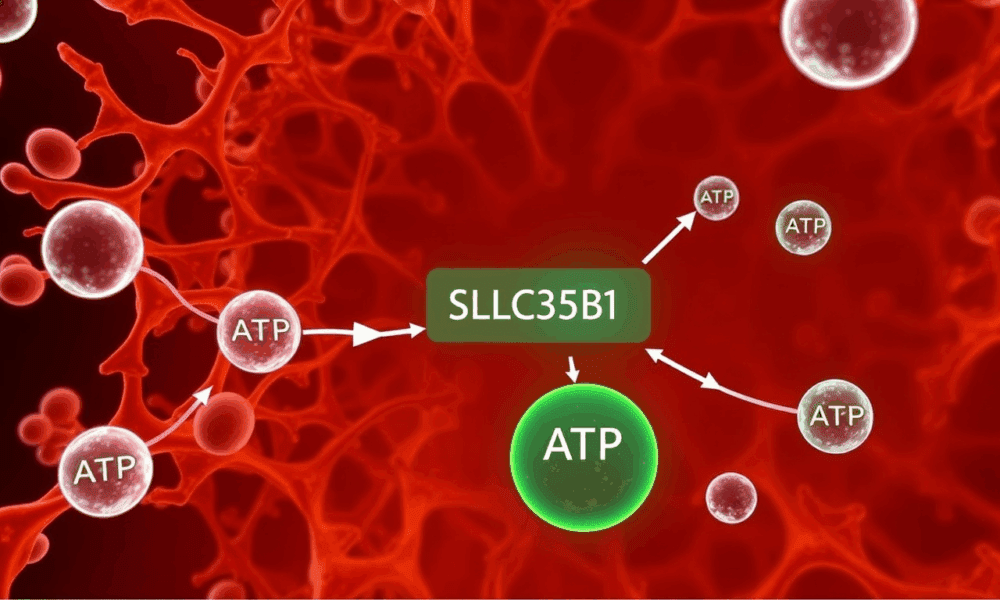
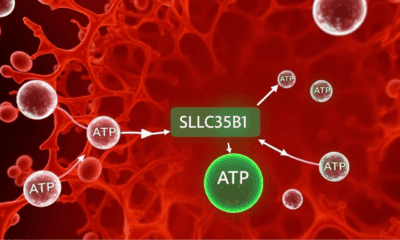

A team of scientists has answered a long-standing question in cell biology, uncovering how the cell's main energy currency, ATP, is transported into the endoplasmic reticulum...



If you've ever regretted ordering a spicy meal, take note: A new study identifying molecules that suppress the heat of chili peppers hints at the possibility...
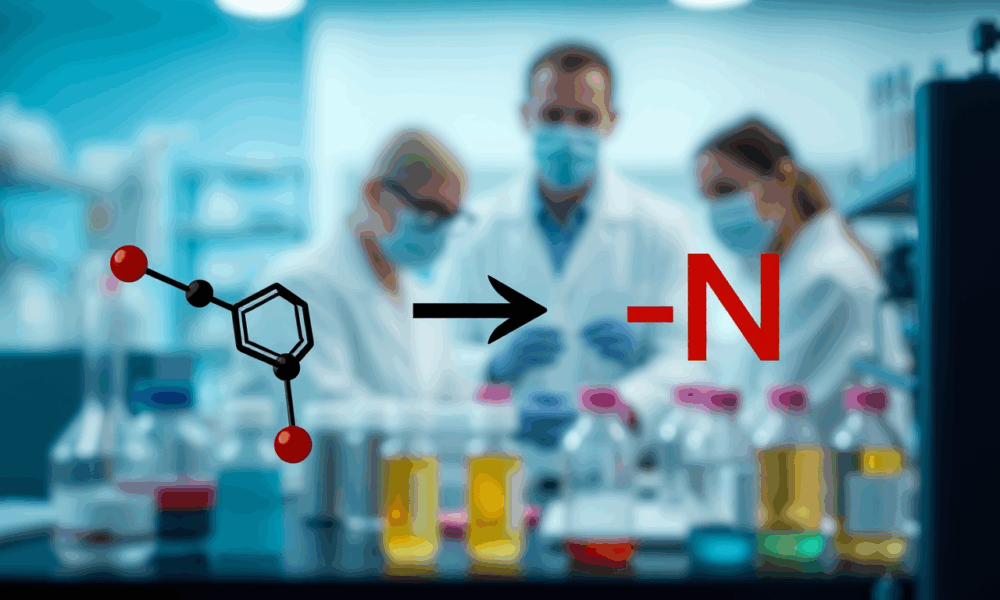
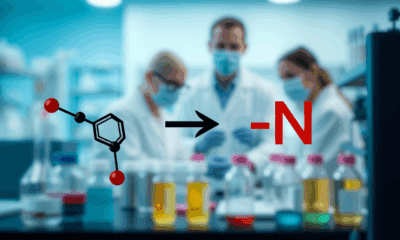

Chemists have developed an efficient skeletal editing method for frequently used heteroaromatic structures. The technique could serve as a means to chemically modify biologically active compounds.

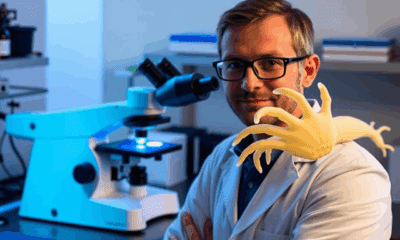

With its fascinating ability to regrow entire limbs and internal organs, the Mexican axolotl is the ideal model for studying regeneration. Scientists have now found a...
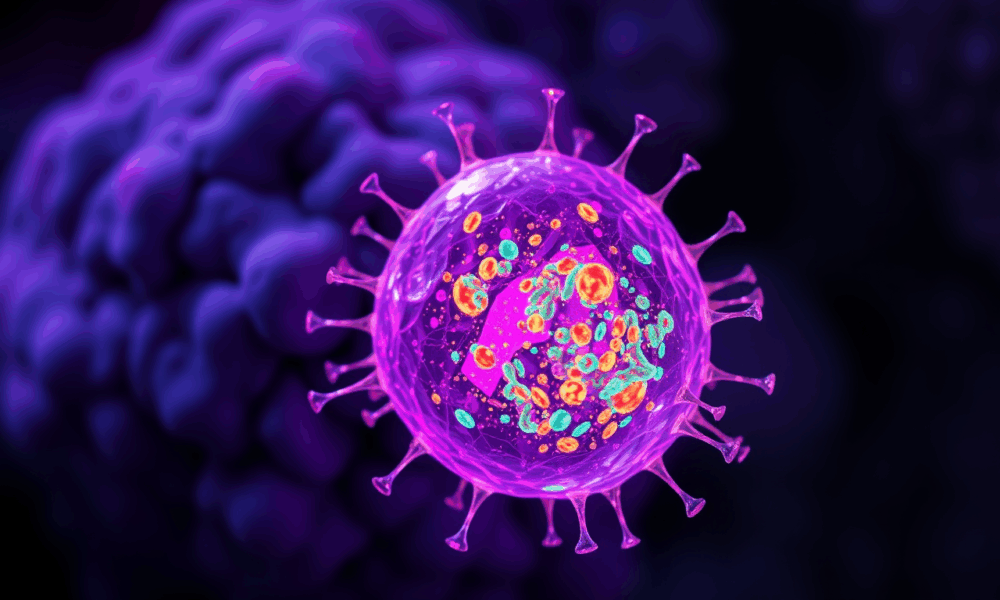
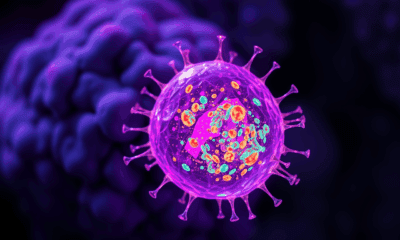

Cancer cells respond to stress with greater diversity. Drugs that affect DNA replication, or radiation that causes direct DNA damage, lead to increasingly diverse offspring over...
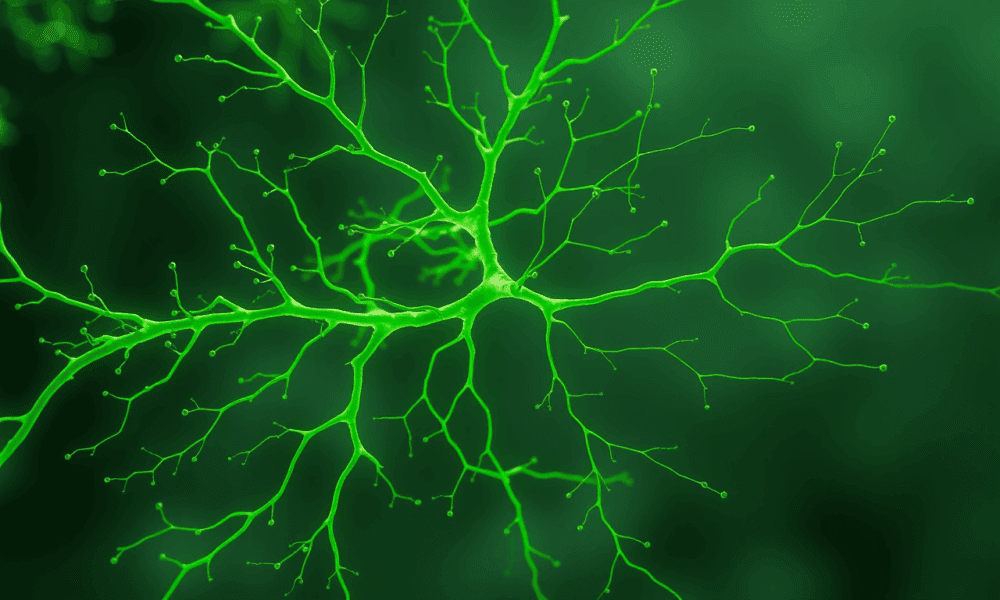


New research has shed light on how plants precisely control their growth and development, revealing that seemingly similar molecular components fulfill surprisingly different jobs.
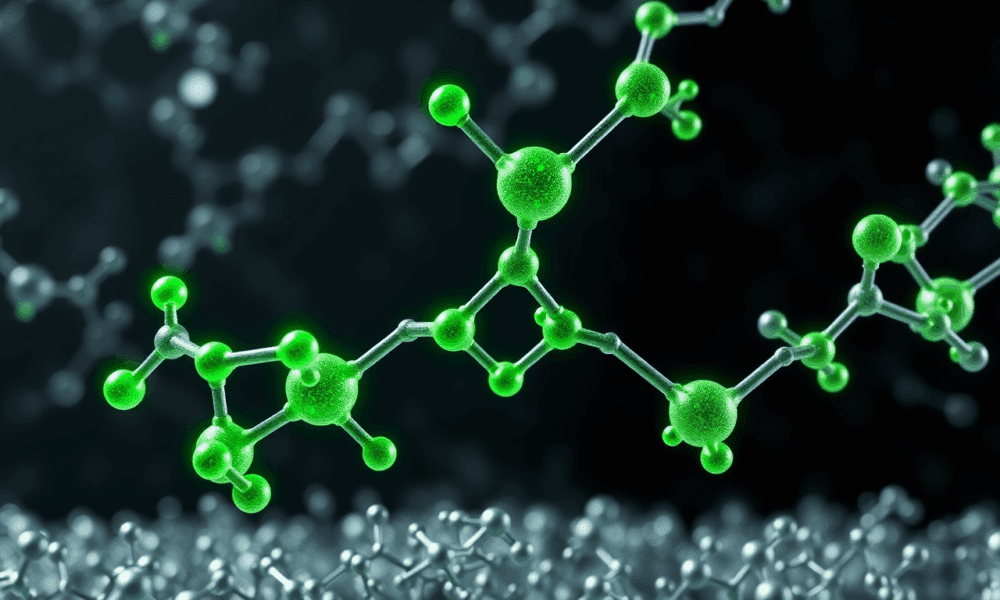
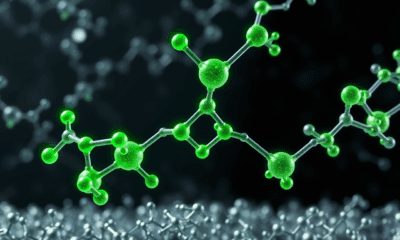

Proteins are among the most studied molecules in biology, yet new research shows they can still hold surprising secrets. Researchers have discovered previously undetected chemical bonds...
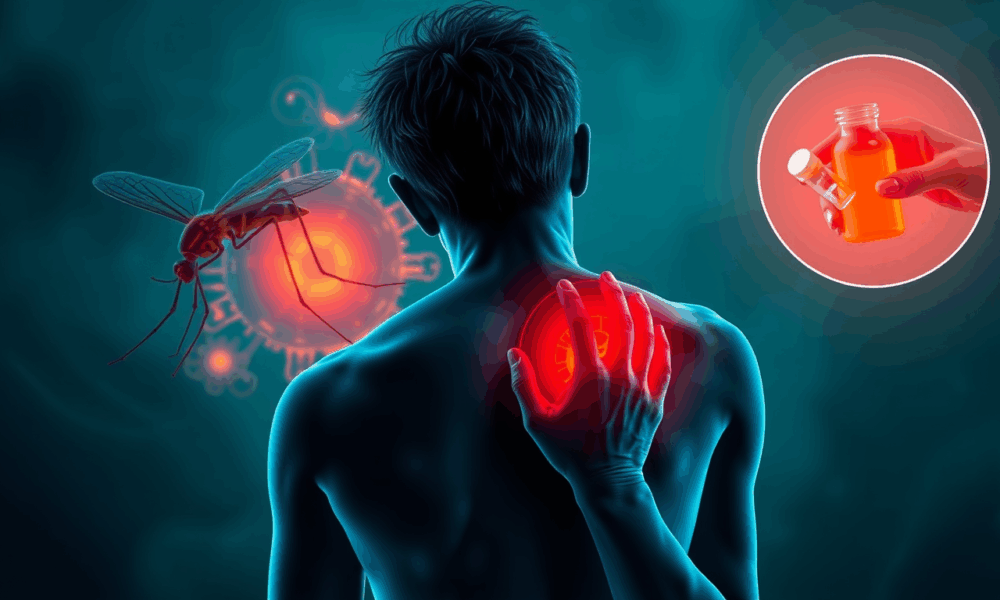
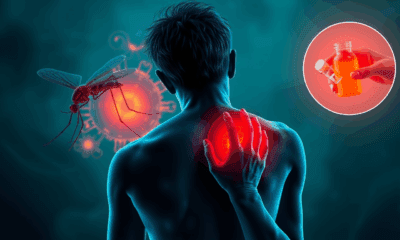

By studying Chikungunya virus, scientists shed light on how immune responses to viral infections may lead to persistent symptoms of autoimmune disease.
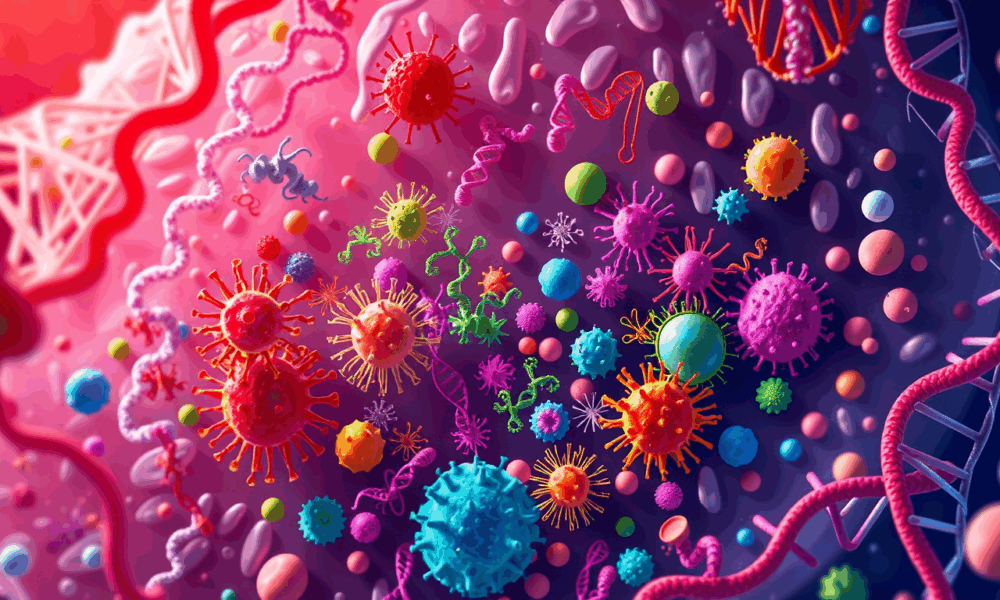
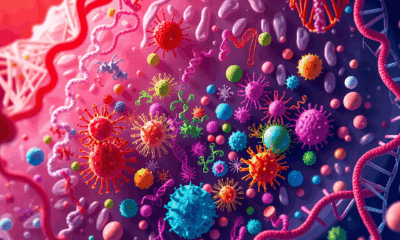

A study has used advanced genetic and genomic techniques to offer a major step forward in understanding and diagnosing infectious intestinal diseases. The large-scale study analyzed...
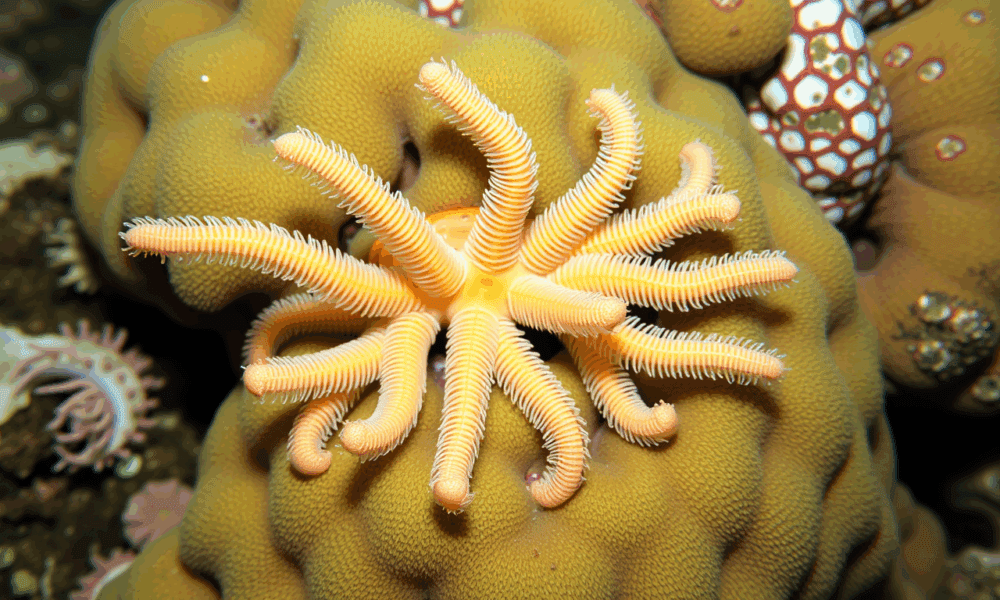
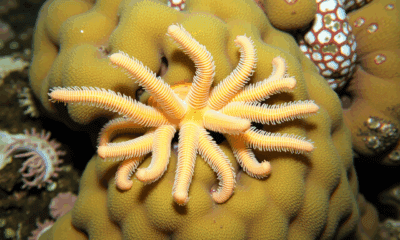

Scientists have uncovered the genetic underpinnings of one of the ocean's most bizarre animals: a branching marine worm named Ramisyllis kingghidorahi that lives inside sea sponges...